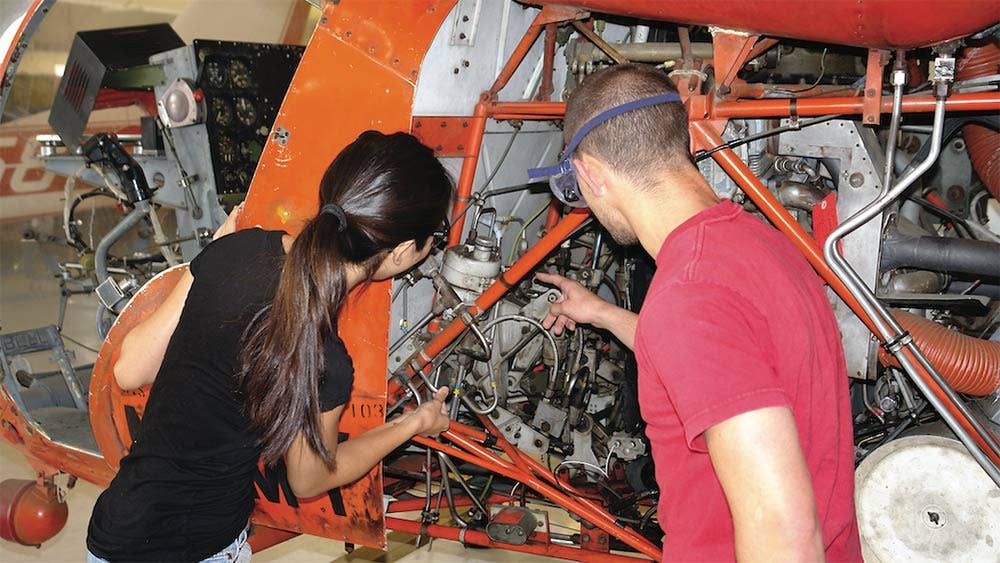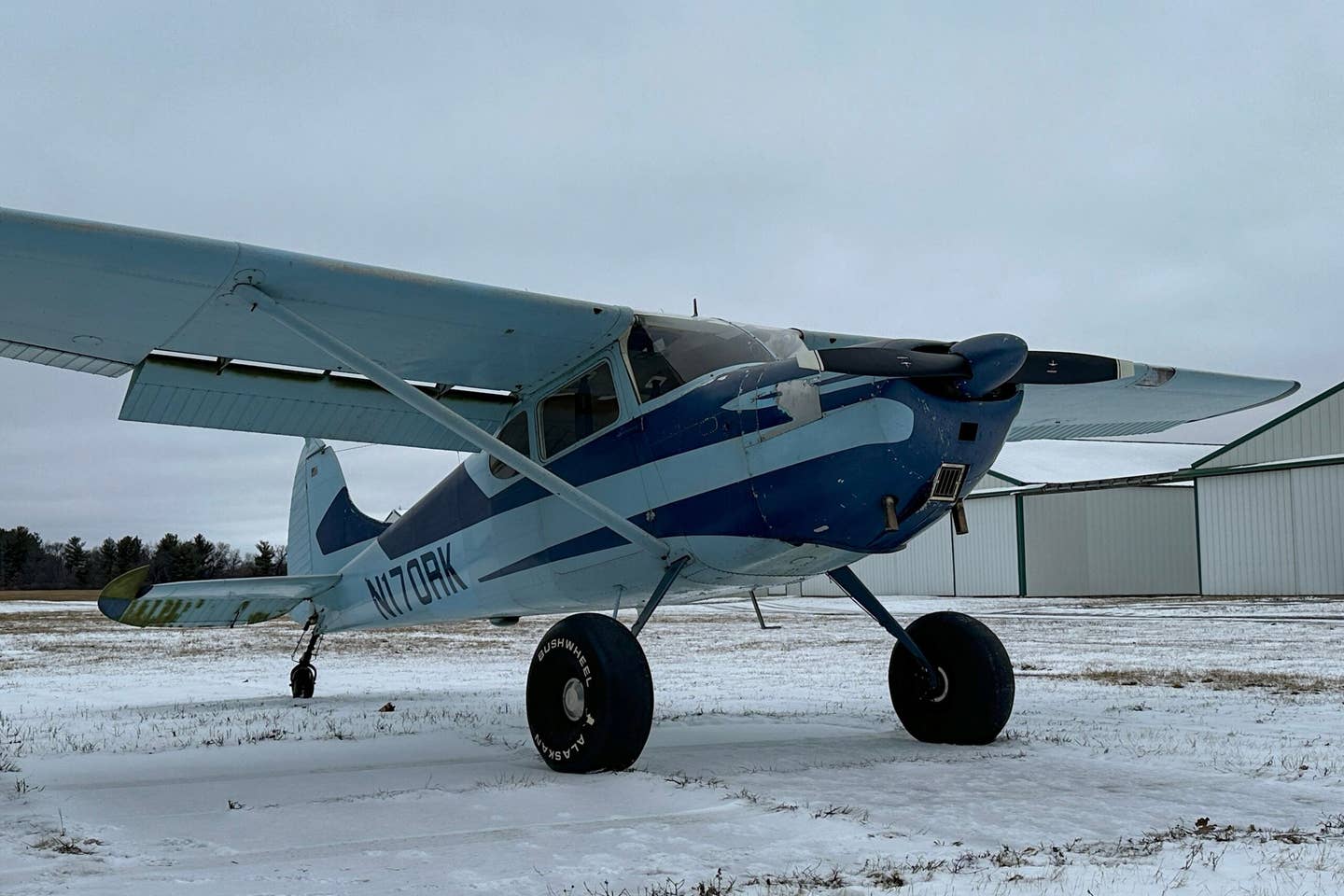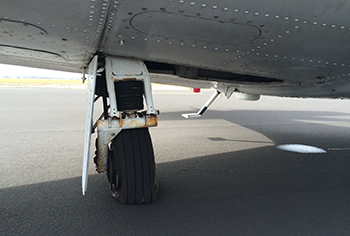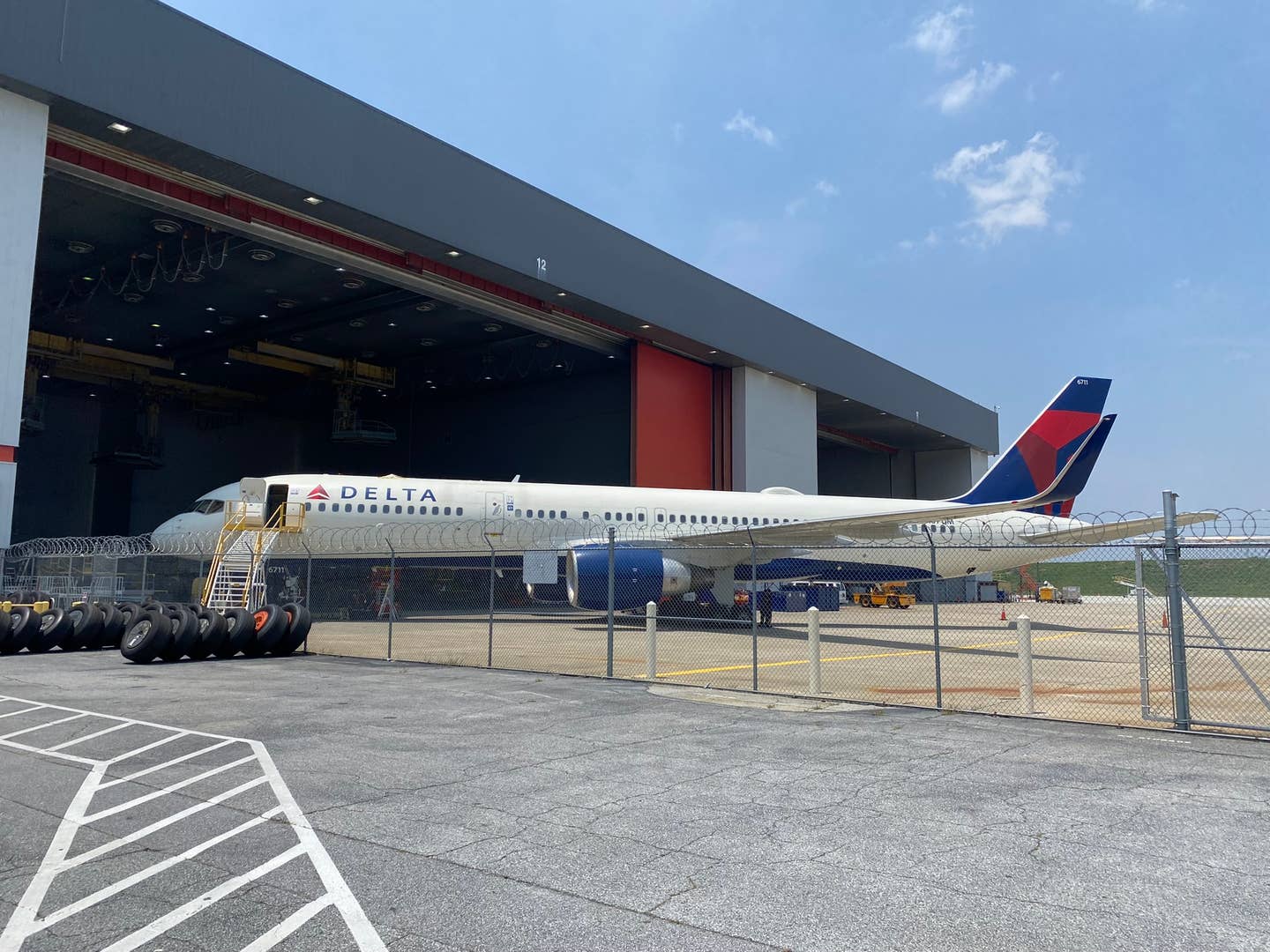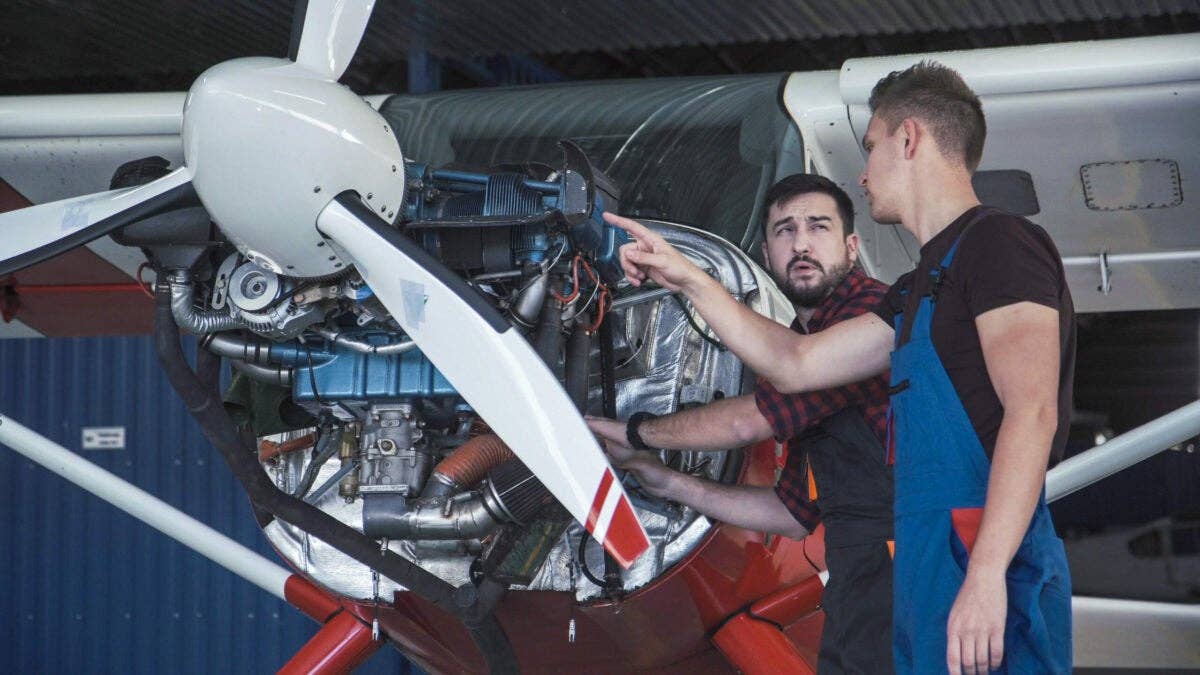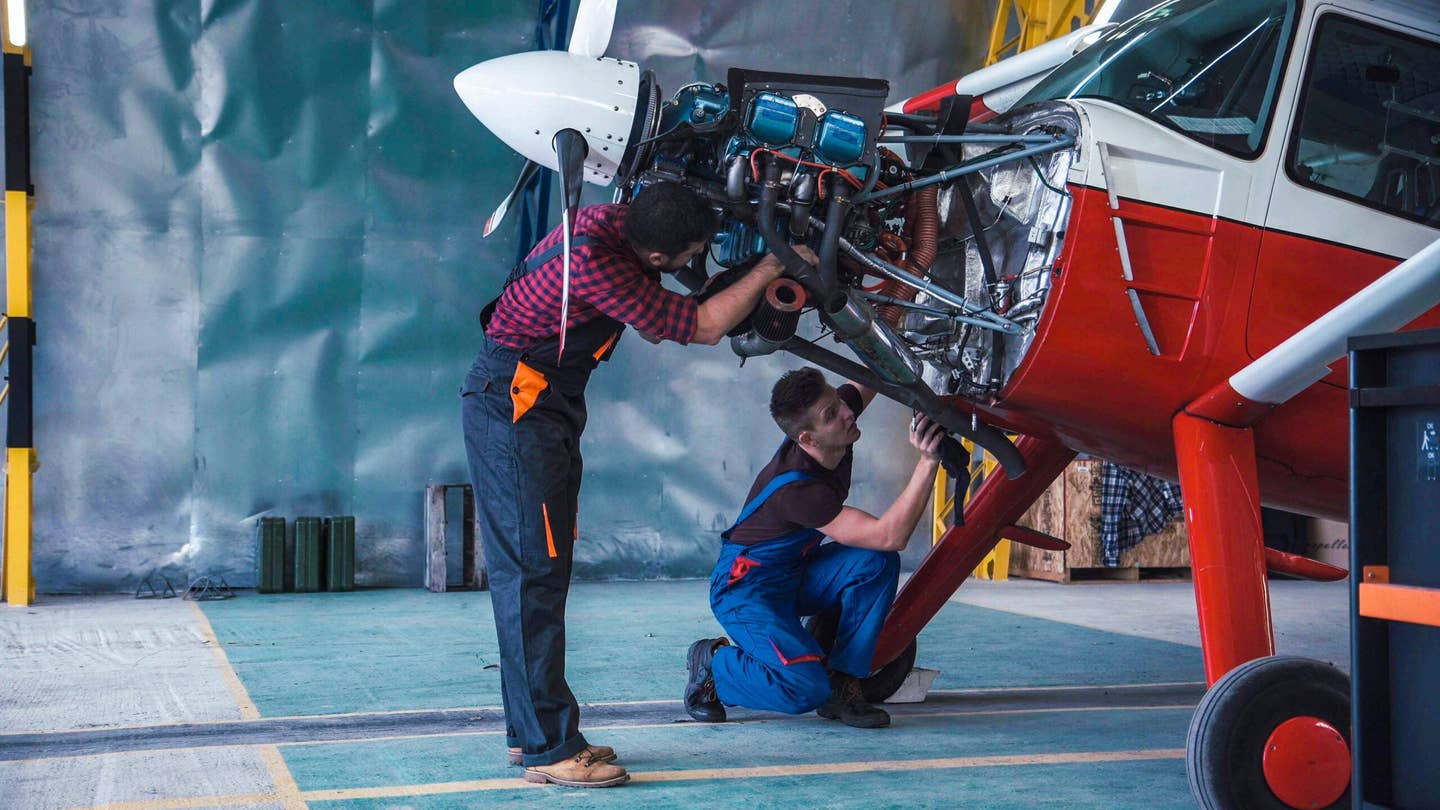Cessna 172 Annual 1.0
For aviator types who would rather skip a football game for a hundred-dollar hamburger, you better check to see if your airplane is ‘in annual’ before you taxi out.
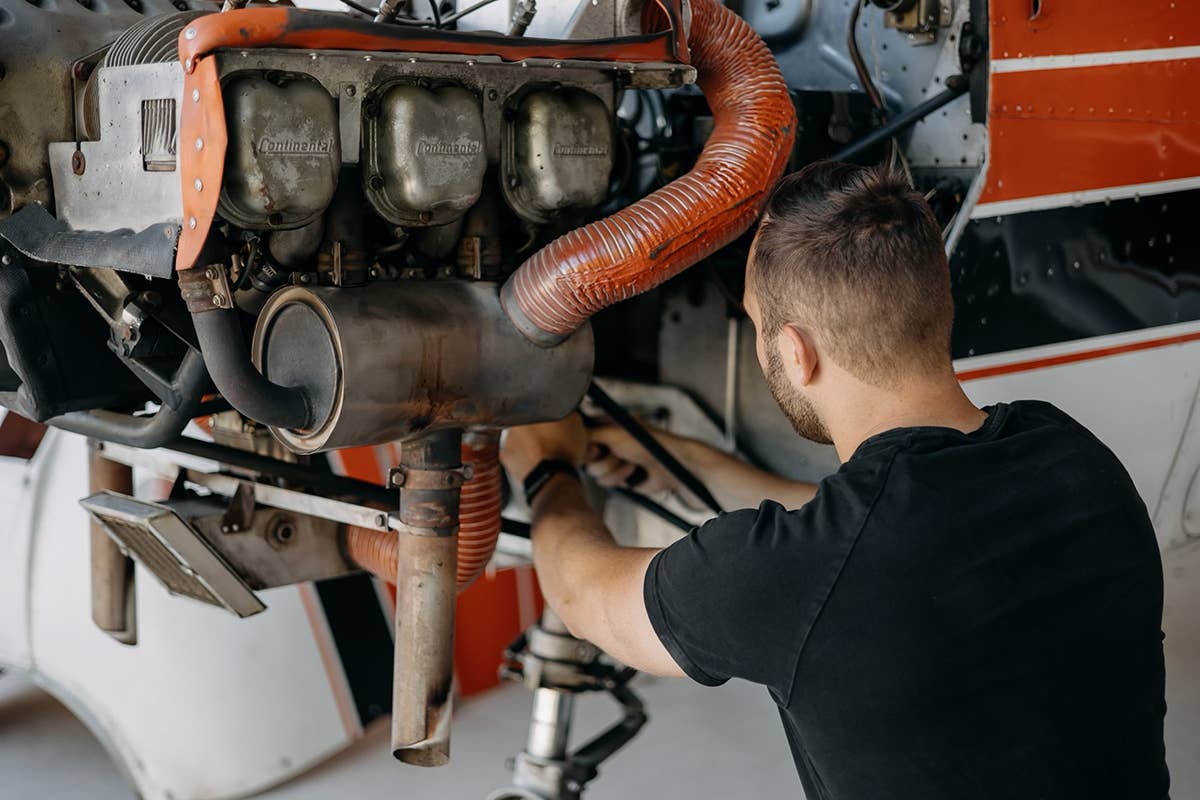
Taking an active role in your airplane’s annual inspection can lead to better understanding of the airplane. [Courtesy of Richard Scarbrough]
It is that time of year again, folks. No, I am not discussing sweater weather, changing leaves, or college football. The ritual I speak of may not have quite the grandeur of cheering your team to victory, but each of us has our passions. For those aviator types who would rather skip the game for a hundred-dollar hamburger, you better check to see if your airplane is “in annual” before you taxi out.
What Is an Annual Inspection?
The term “in annual” refers to the annual inspection your A&P IA must complete every 12 months. Consult your logbook. If the last annual entry is October 5, 2022, your airplane is due another annual before November 1, 2023. As you know, A&P is a mechanic holding an airframe and powerplant license. The added IA denotes inspection authorization, a higher rating level, and the only individual who can return the aircraft to service after the annual inspection. Annual inspections are mandatory. Besides, why wouldn’t you look closely at your aircraft periodically? After all, you cannot simply pull over and check under the hood up there.
An annual inspection features three main phases, which are not totally siloed from each other. Each of the steps play a role in maintaining the aircraft, and skimping on any of them could spell trouble down the line.
- Inspection
- Discrepancies
- Return to service
Read on to find out how each phase works with the other, and what happens if you skip a step.
I first introduced you to the annual inspection during our first few months together. The topic is so fundamental that I had to lead with it during the initial ground school of articles. Much of the intel presented here will help you better understand what we discuss. Go check it out.
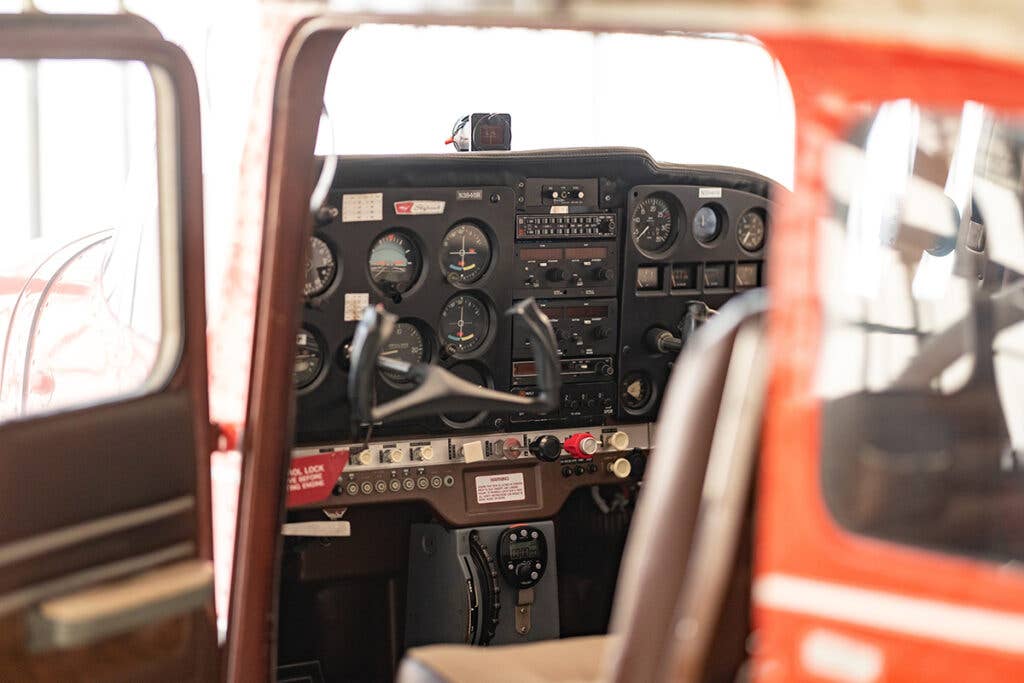
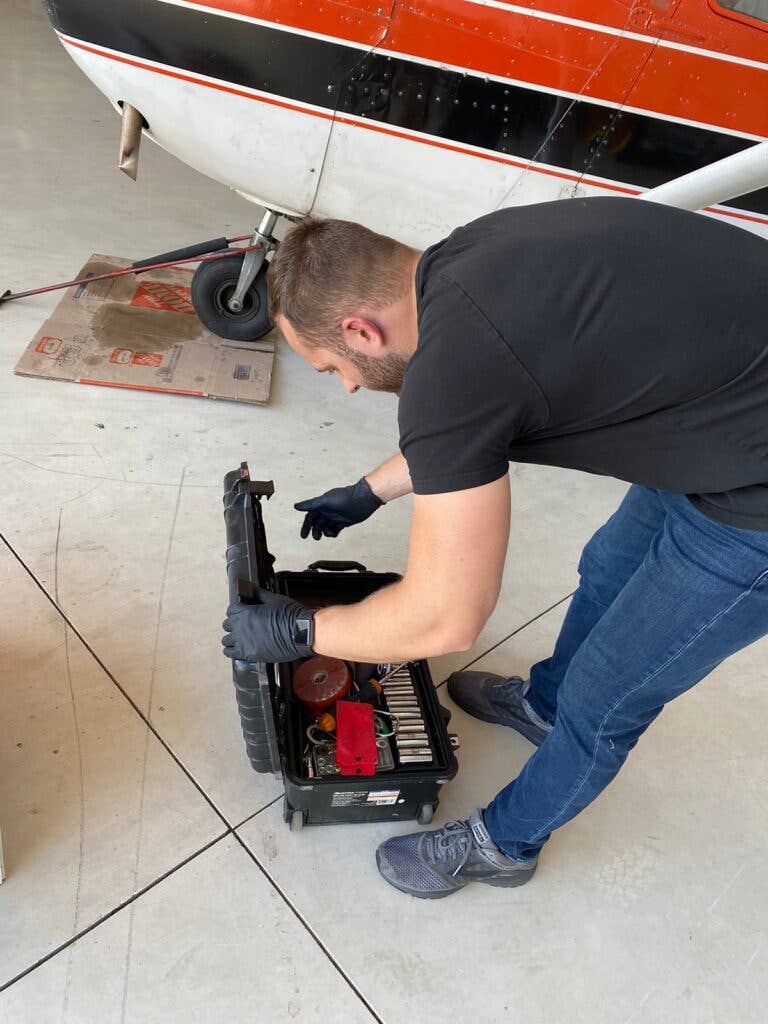
Preparation
All right, gang. You remember my friend Corey Sampson and his Cessna 172? Well, friends, we are back again, and you guessed it! It is annual inspection time. A recent hangar sale has Sampson occupying his very own T-hangar at my old stomping grounds, Newnan-Coweta County Airport (KCCO) in Georgia. Sampson has invited us to join in the fun as we annual his airplane in a few weeks. First, let’s head back to the three-phase approach introduced earlier. Phase I is entitled inspection, which means we head to the hangar and start ripping off wing access panels to find the bad stuff, right? Wrong. We have a few hours of work ahead of us before we even begin to lay wrenches on hardware.
Inspection can denote a myriad of things, usually the airframe, powerplant, and propeller. However, before cracking into that, a best practice is to conduct a document recon first. I like thoroughly reviewing the main logbooks, airframe, powerplant, and propeller. Has any major maintenance been performed since the last annual on any of these?
As Sampson is the owner-operator, he has an intimate working knowledge of his aircraft, its history and maintenance schedule. When taking on an annual inspection job for a client, it is paramount to gain an understanding of how the aircraft is maintained. A review of the logbooks is a start. There can be telltale signs of potential trouble based on historical records. For instance, you see a logbook entry for an engine repair—the camshaft failed and contaminated the engine with metal. Did you also see an entry where the maintenance provider also flushed the constant speed propeller? If not, congratulations, you now have dirty, metal-laden oil introduced back into the fresh engine. Great.
Now comes the fun part: I will take airworthiness directives (AD) for $300, Alex. We talked about that, too. As mentioned in the AD article, save some headaches and subscribe to Tdata for AD research. Jim Thomas and the team also have a complement of other maintenance suites to aid in your endeavor. Mention this article, and Thomas will give you three months for the price of four. What?
There are plenty of other service documents to keep you busy. Service bulletins (SB) are a good idea, and although not mandatory, they sometimes do turn into ADs. We always tried to do SBs at the shop unless the OEM issued them for commercial reasons. Yes, it happens. Don’t forget to check your components too. You can check Cessna 172 and be done. What about the magnetos, propeller, starter, etc.? These accessories can all have ADs in which to contend.
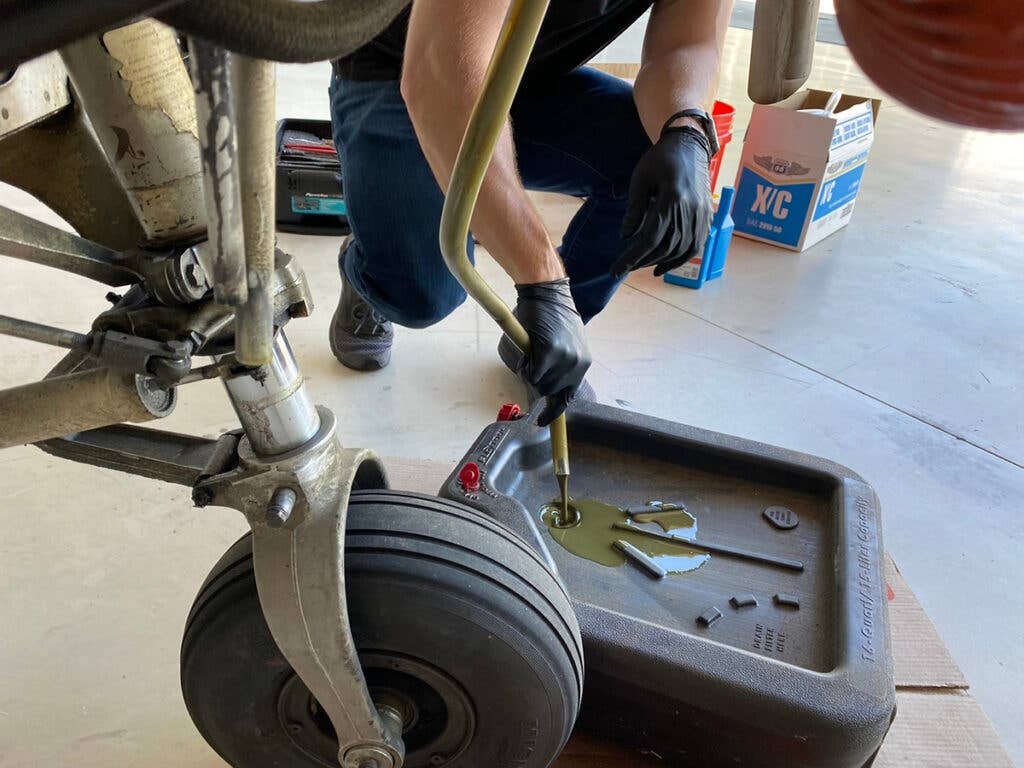
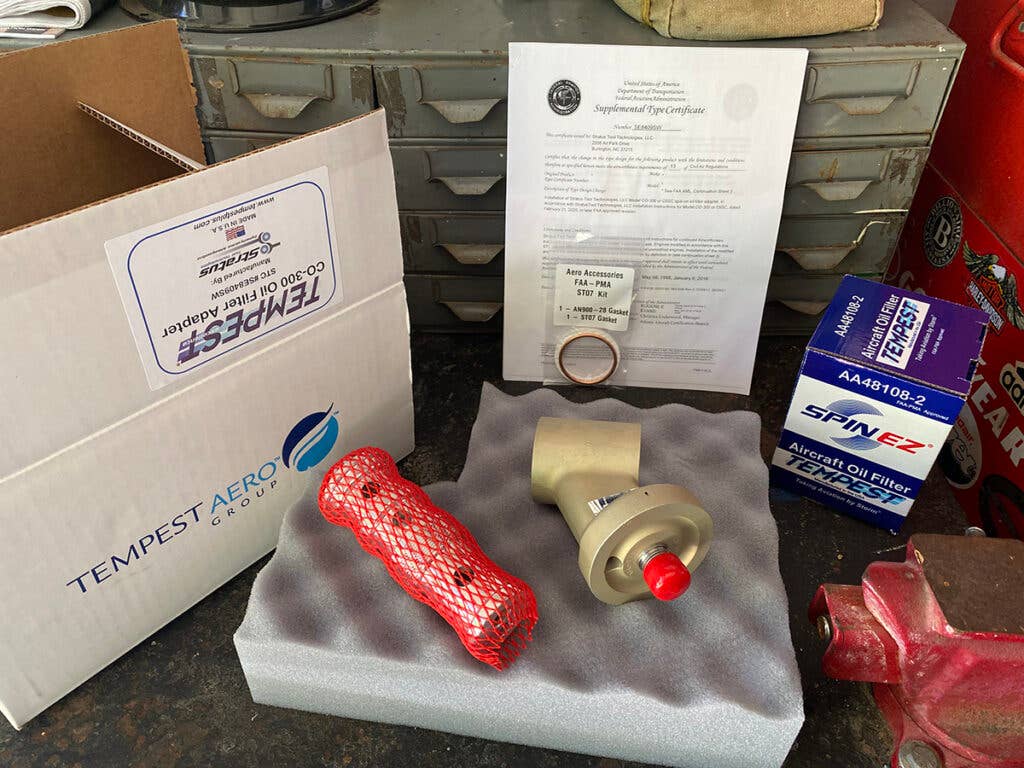
Resources
I know what you are thinking: When do we work on the airplane? Please have patience, my young padawan. Regardless of what the chief pilot tells you, you must take your time with aircraft maintenance. Trust me, I have been the root cause of many rescheduled tee times.
Sampson and I will start pulling panels soon enough, and FLYING will be there to capture it all. Maybe I will record some video to accompany our work. Would you like to go flying with us? In the meantime, here is some light reading to study until then.
So, you heard me drop the term IA up at the beginning. If you want more intel on that rating, check out the FAA Inspection Authorization Information Guide (FAA-G-8082-19). Although it is a bit dated, there are still some good nuggets of knowledge there.
Another key resource is Advisory Circular (AC) AC 20-106: Aircraft Inspection for the General Aviation Aircraft Owner. The Feds put this out in 1978, and the original is still the latest and greatest. Hey, if something works, then keep flying it.
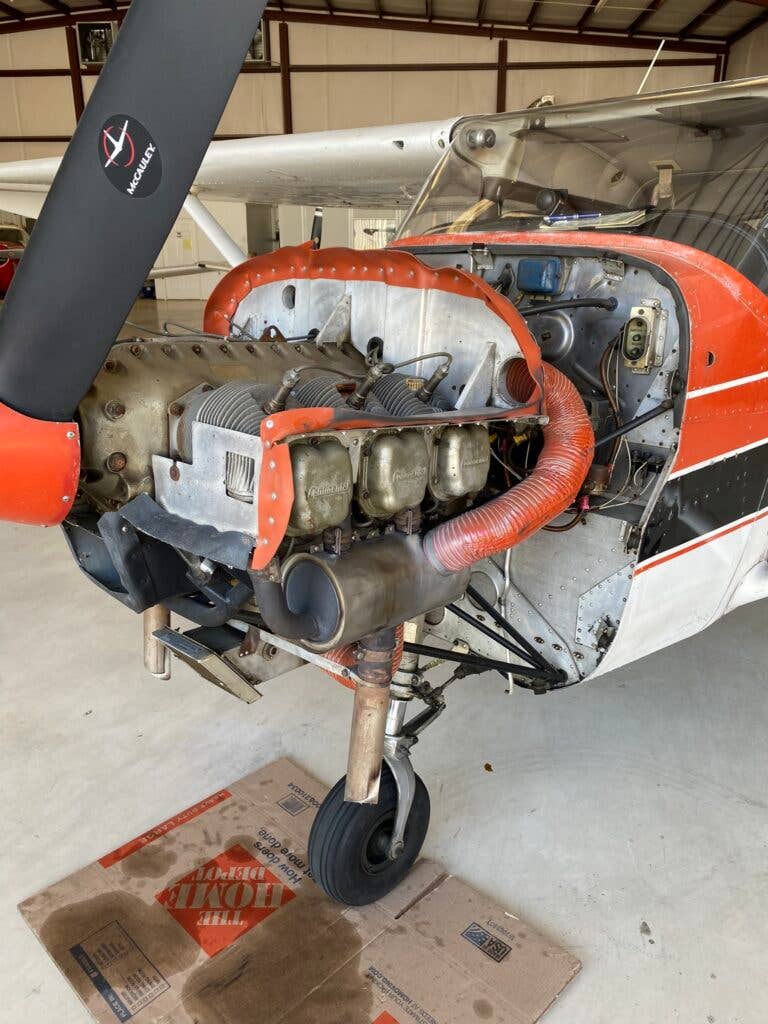
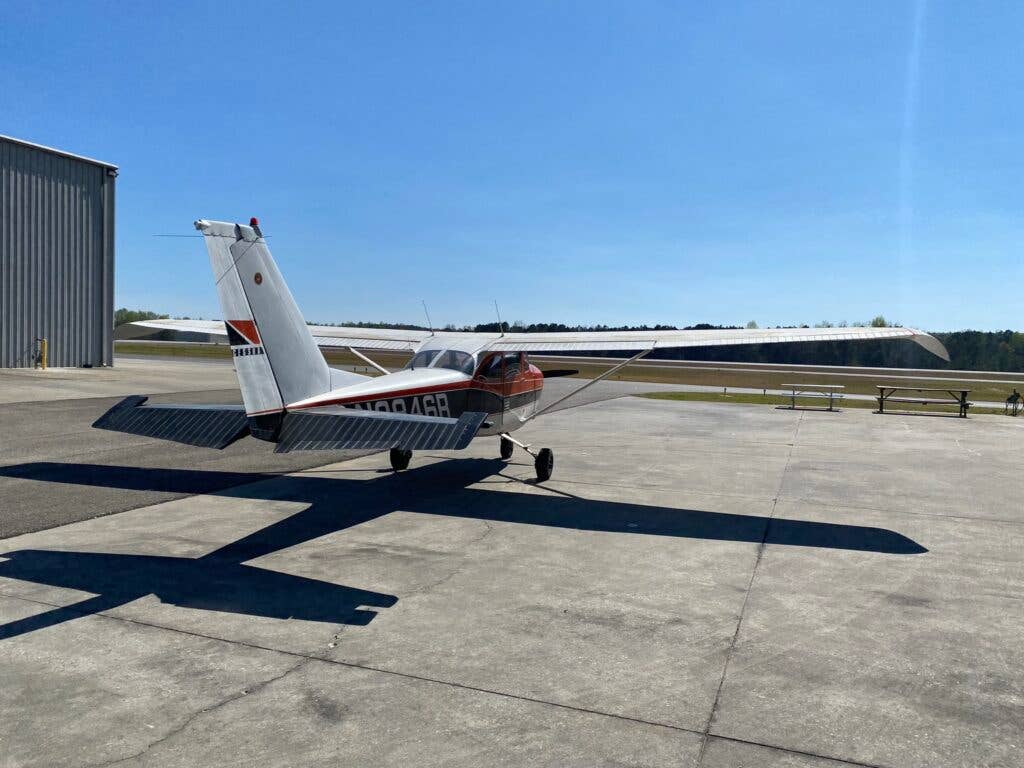
Next are the wonder twins, two heavy hitters from the Code of Federal Regulations: FAR 91.409 Inspections and FAR 91.417 Maintenance records. Learn them, love them, live them.
OK, kids, that’s all for now. Remember, I will be back in a few weeks with some real, live-action commentary and maybe even some flick action. Until then, remember to stay safe and keep the blue side up.

Sign-up for newsletters & special offers!
Get the latest FLYING stories & special offers delivered directly to your inbox

